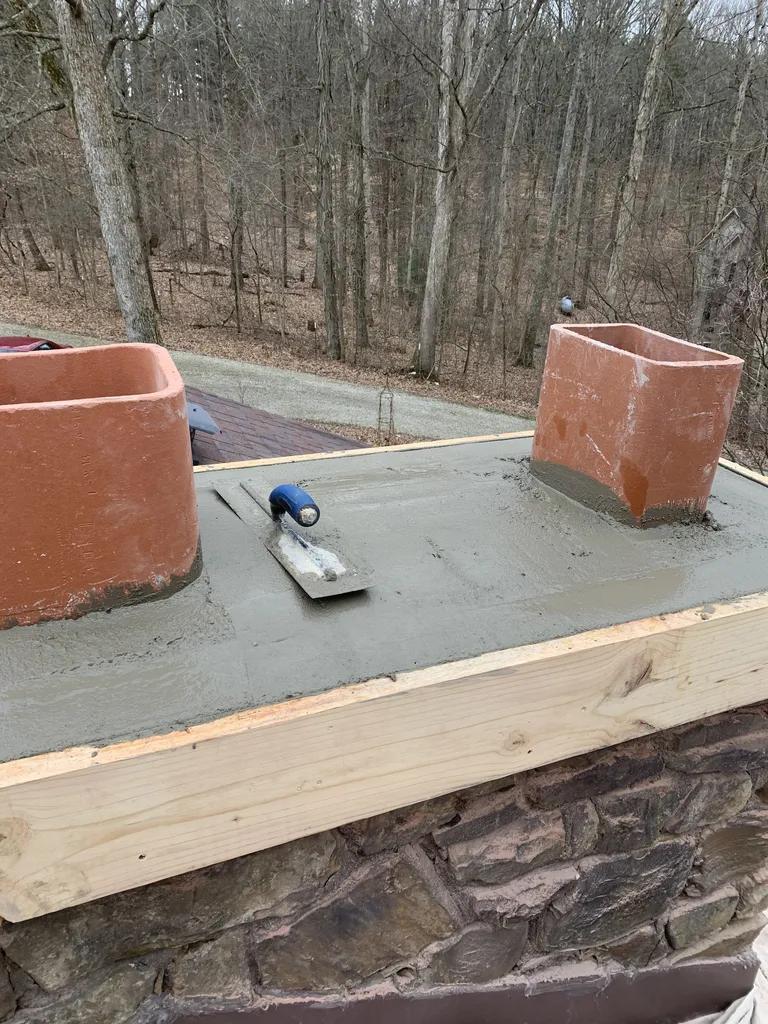Unused chimneys can often be a source of frustration for homeowners when they discover leaks. These leaks not only lead to water damage but can also cause mold growth and structural issues if left unchecked. In this article, we will explore common causes of unused chimney leaks and provide troubleshooting tips to help address these issues effectively.
Table of Contents
- Identifying the Source of Unused Chimney Leaks
- Common Causes of Unused Chimney Leaks
- Effective Solutions for Repairing Unused Chimney Leaks
- Preventive Measures to Avoid Unused Chimney Leaks
- Q&A
- Wrapping Up

Identifying the Source of Unused Chimney Leaks
Chimneys are essential for venting out smoke and gases from your fireplace. However, if you have an unused chimney, you may still experience leaks that can cause water damage to your home. Identifying the source of these leaks can help you address the issue promptly and prevent further damage.
Here are some common sources of unused chimney leaks that you should look out for:
- Cracked chimney crown
- Deteriorated flashing
- Missing or damaged chimney cap
| Source | Description |
|---|---|
| Cracked chimney crown | Allows water to seep into the chimney structure |
| Deteriorated flashing | Can cause water to leak into the attic or walls |
| Missing or damaged chimney cap | Allows rainwater to directly enter the chimney |

Common Causes of Unused Chimney Leaks
Having an unused chimney can still pose potential issues, especially when it comes to leaks. There are several common causes of these leaks that homeowners should be aware of in order to troubleshoot the problem effectively.
One possible cause of unused chimney leaks is a damaged or missing chimney cap. This can allow rainwater to enter the chimney and seep into the home. Another common issue is deteriorating chimney flashing, which can create gaps that water can easily penetrate. Additionally, cracks in the chimney crown or masonry can also be culprits for leaks. By identifying these common causes, homeowners can take the necessary steps to prevent and repair unused chimney leaks.

Effective Solutions for Repairing Unused Chimney Leaks
When facing leaks in an unused chimney, it is important to address the issue promptly to prevent further damage to your home. One effective solution is to start by inspecting the chimney and identifying the source of the leak. Common causes of leaks in unused chimneys include damaged flashing, cracked chimney crowns, and deteriorating mortar joints.
To repair unused chimney leaks, consider the following solutions:
– Seal the chimney: Use a high-quality chimney sealant to seal off the flue and prevent water from entering the chimney.
– Repair the flashing: Replace any damaged flashing around the chimney to create a watertight seal.
– Waterproof the chimney: Apply a waterproofing agent to the exterior of the chimney to protect it from water damage.
Preventive Measures to Avoid Unused Chimney Leaks
When dealing with unused chimney leaks, it is essential to take preventive measures to avoid any potential damage to your home. One of the first steps you can take is to ensure that your chimney cap is installed correctly and is in good condition. A chimney cap acts as a protective barrier against rain, snow, debris, and animals entering your chimney.
Additionally, regular chimney inspections and maintenance can help identify any potential issues before they escalate. Cleaning your chimney annually will also help prevent blockages and buildup that can lead to leaks. Lastly, consider waterproofing your chimney to provide an extra layer of protection against moisture infiltration. By implementing these preventive measures, you can help safeguard your home from unused chimney leaks.
Q&A
Q: What are some common causes of chimney leaks in unused chimneys?
A: Common causes of leaks in unused chimneys include damaged or missing chimney caps, deteriorated mortar joints, and flashing issues.
Q: How can I determine if my unused chimney is the source of a leak?
A: Look for signs of water damage on the ceiling, walls, or floors near the chimney, as well as musty odors or mold growth. A professional chimney inspection can also help pinpoint the source of the leak.
Q: What steps can I take to prevent leaks in my unused chimney?
A: Ensure that your chimney cap is in good condition, repair any damaged mortar joints, and inspect the flashing around the chimney for signs of wear or damage. It’s also a good idea to have your chimney inspected and cleaned regularly.
Q: How can I repair a leak in my unused chimney?
A: Depending on the cause of the leak, repairs may involve installing a new chimney cap, re-sealing mortar joints, or re-flashing the chimney. It’s best to consult a professional chimney technician to determine the best course of action.
Q: Are unused chimneys at higher risk of leaking?
A: Unused chimneys are more susceptible to leaks because they are often not maintained or inspected regularly. Water can enter the chimney through cracks or openings and cause damage over time. Regular maintenance and inspections can help prevent leaks in unused chimneys.
Wrapping Up
In conclusion, addressing unused chimney leaks promptly is essential to prevent costly damage to your home. By following the troubleshooting steps outlined in this article, you can identify and resolve the source of the leak effectively. Remember to always prioritize safety when performing any maintenance on your chimney and seek professional help if needed. With proper care and maintenance, you can ensure your chimney remains in optimal condition for years to come. Thank you for reading.


